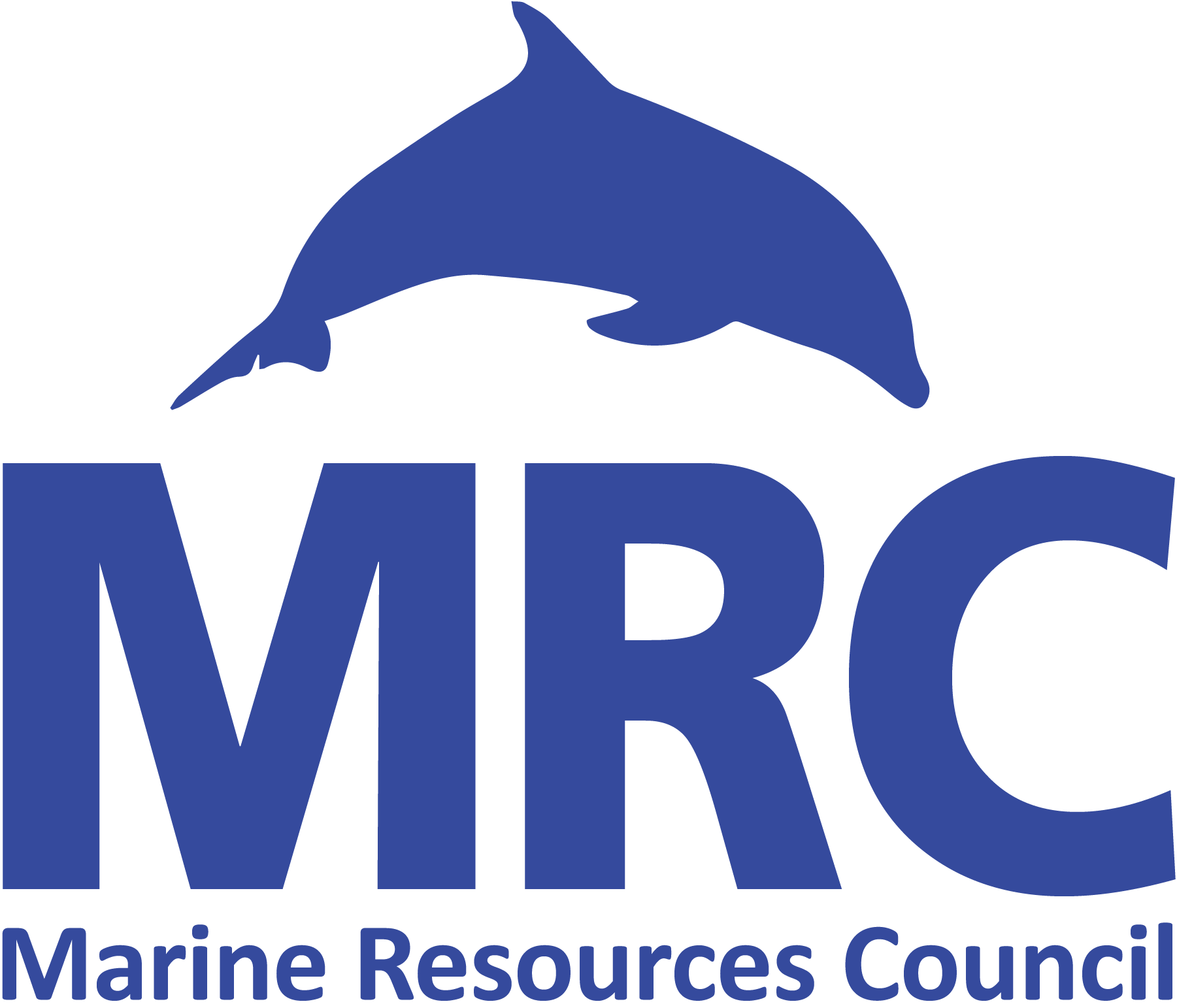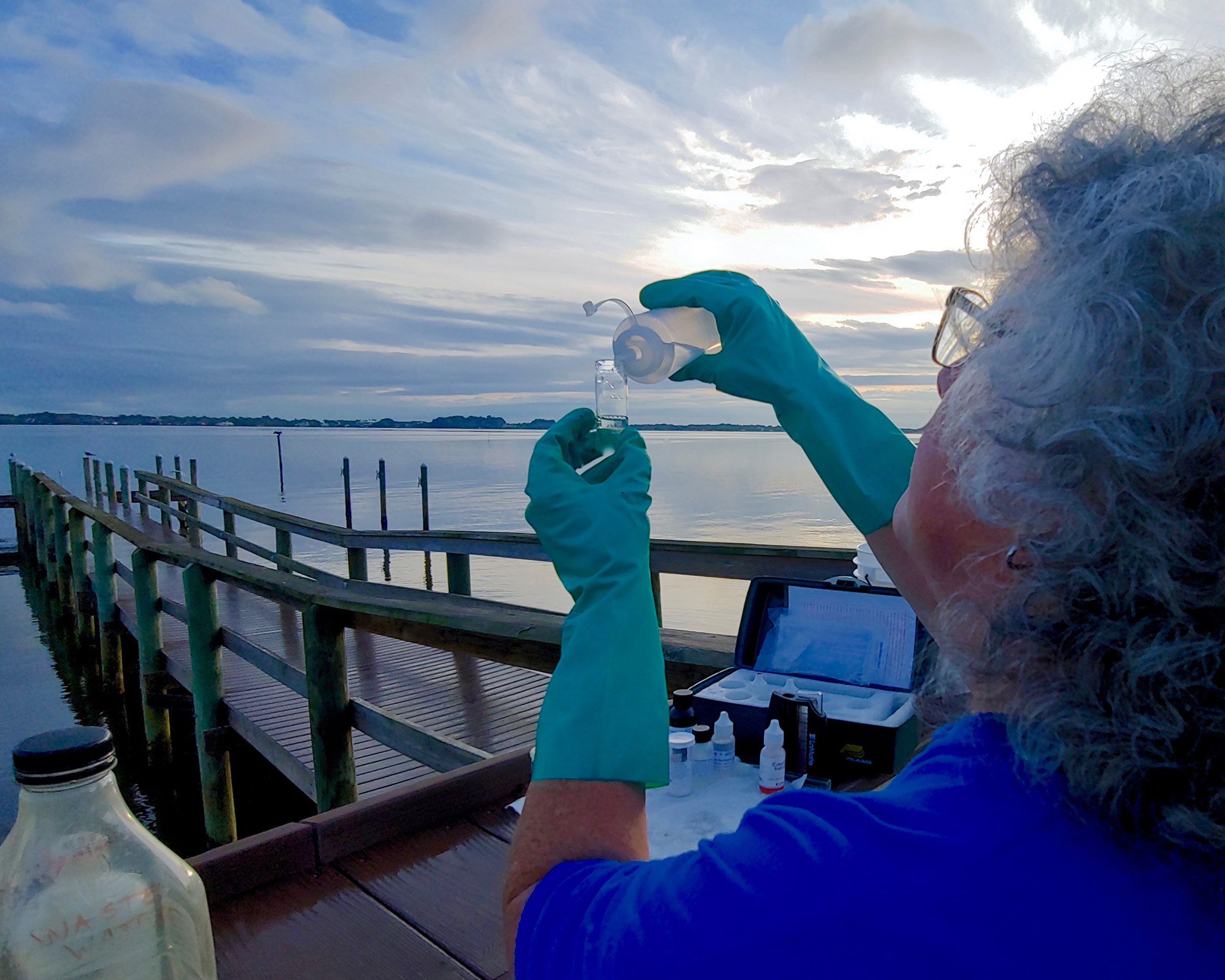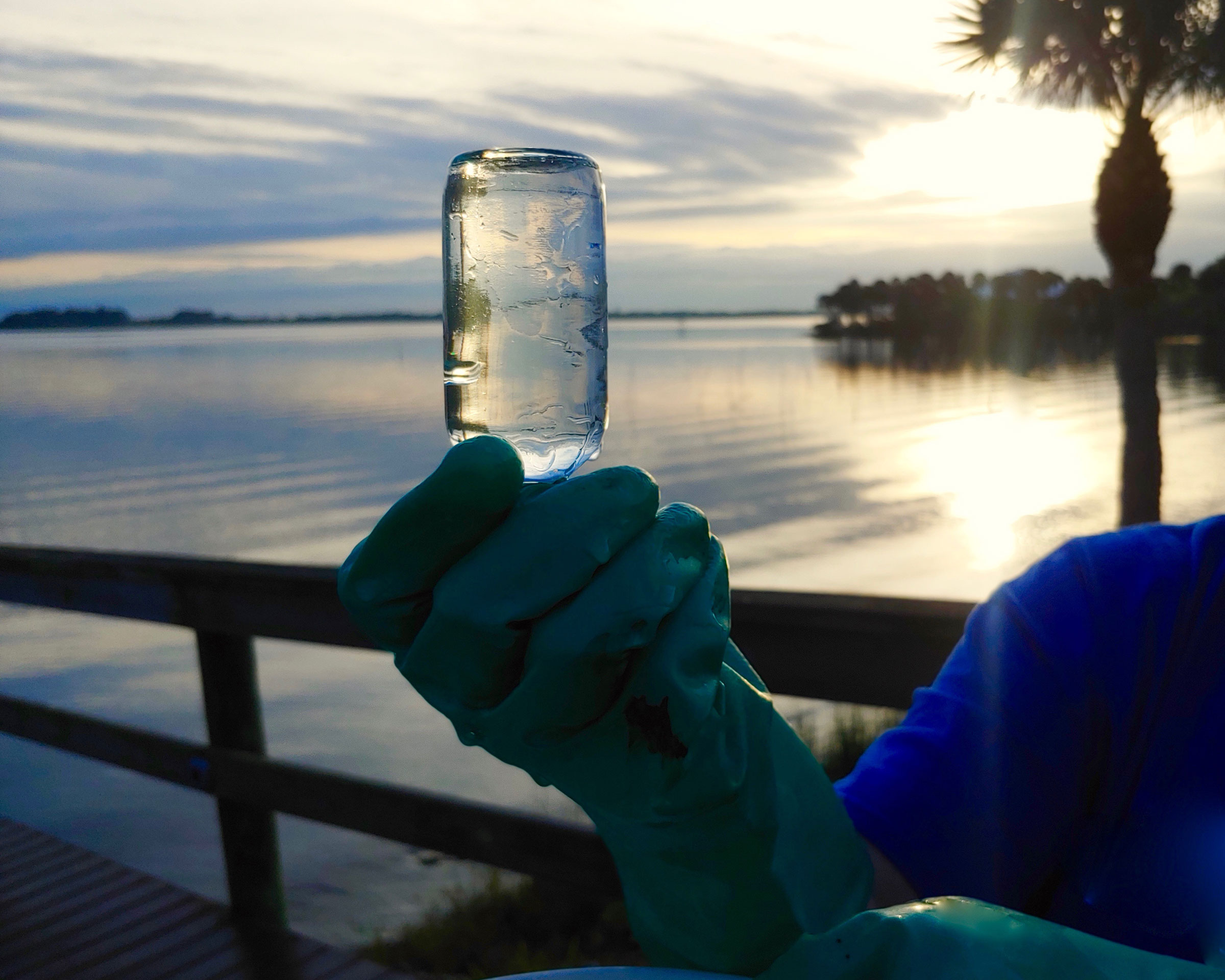LagoonWATCH
Lagoon
WATCH
CITIZENS + SCIENCE
Water Quality Monitors:
Enter Data Here
Watch a presentation from our LagoonWatch Open House
Monitoring Sites
years of data
data reports
Coming Soon: LagoonWATCH 2.0
After more than 30 years of monitoring water quality in the Indian River Lagoon, MRC’s LagoonWATCH program is getting a major upgrade! With your help, we’re modernizing the tools our dedicated volunteers use for their weekly sampling. This update will bring the program up to current state standards and make monitoring easier and more impactful than ever. Until now, LagoonWATCH volunteers relied on traditional wet chemistry methods to gather salinity, dissolved oxygen, and other parameters. While these techniques (which don’t require any advanced instruments) were the gold standard in the 1990s and early 2000s, they are time-consuming, finicky, and—let’s be honest—a bit messy. More importantly, the State of Florida has since updated its data quality requirements to data collection using digital probes, and LagoonWATCH has needed to catch up.
What’s Changing?
We’re thrilled to announce that all current LagoonWATCH volunteers will soon receive new, state-compliant gear. This includes digital water quality probes that measure temperature, salinity, pH, conductivity, and total dissolved solids. The second change we’re making is offering water monitors the ability to collect nitrogen and phosphate data. Excess nitrogen and phosphate in water feed the harmful algae blooms that plague summer months with toxins, fish kills, and seagrass die-offs. Nutrient testing is a new addition to the LagoonWATCH program that puts citizen scientists on the front lines of detecting nutrient pollution in the IRL and will provide essential environmental health metrics. The initial purchase of nutrient kits is made possible by an IRLNEP Small Grant!
These improvements don’t just make sampling easier; they also unlock new potential for how the data can be used. Internally, MRC will integrate these high-quality citizen science datasets into our annual IRL Health Report and share monthly data snapshots right here in this newsletter. Even more exciting, the updated methods will allow us to upload data to the Watershed Information Network (WIN). This database is a key resource that state and local agencies use to guide policy, assess water quality, and support environmental decision-making.
At MRC, we believe that data should drive action, and we’re committed to making sure the efforts of our volunteers contribute to restoration, awareness, and stewardship throughout the region. Our priority is to equip and train our current LagoonWATCH citizen scientists on new data collection methods. Then, we’ll make a call for new volunteer monitors around the end of the year!
Keeping Tabs on the Lagoon
LagoonWATCH is MRC’s signature citizen scientist water quality monitoring program for the Indian River Lagoon. For more than 30 years we have trained and equipped hundreds of volunteer monitors to collect weekly data on a dozen water quality parameters (including pH, salinity, and dissolved oxygen levels) of the Lagoon’s waters. Monitoring locations cover the entire expanse of the Lagoon from New Smyrna Beach in the north to Jupiter Inlet in the south.
We continue to look for new monitors and new locations at which to monitor. Please contact us if you would like to help us better understand the complexities of the Indian River Lagoon.
Click here for a complete LagoonWATCH project description.
Water Quality Data
Select a monthly report below to download a data file that can be viewed in Microsoft Excel® or other spreadsheet program.
To obtain copies of the historic (1991–2017) LagoonWATCH data, please contact the LagoonWATCH Coordinator at jessica@mrcirl.org.
Water Quality Data Reports
LagoonWATCH 2025 Reports
LagoonWATCH 2024 Reports
LagoonWATCH 2023 Reports
LagoonWATCH 2021 Reports
LagoonWATCH 2020 Reports
LagoonWATCH 2019 Reports
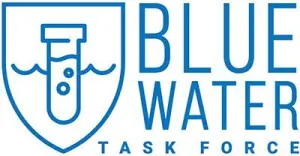
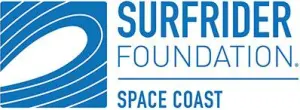
MRC + Surfrider
MRC is working with the Space Coast chapter of Surfrider’s Blue Water Task Force to test local waters for enterobacteria, an indicator used by the State of Florida to assess the health of recreational waters.
Samples are collected twice monthly and the results are currently being reported on the Blue Water Task Force’s website. Follow this link to see the locations being monitored and the results: bwtf.surfrider.org/.
A Big Thank You
Special thanks to Blue Siren, Inc., developer of portable and in-situ environmental monitoring systems worldwide.
Blue Siren donated and hosts their online ZiScape™ data reporting program used by our LagoonWATCH monitors to add to the longest running and largest citizen scientist database on the water quality of the Indian River Lagoon.
